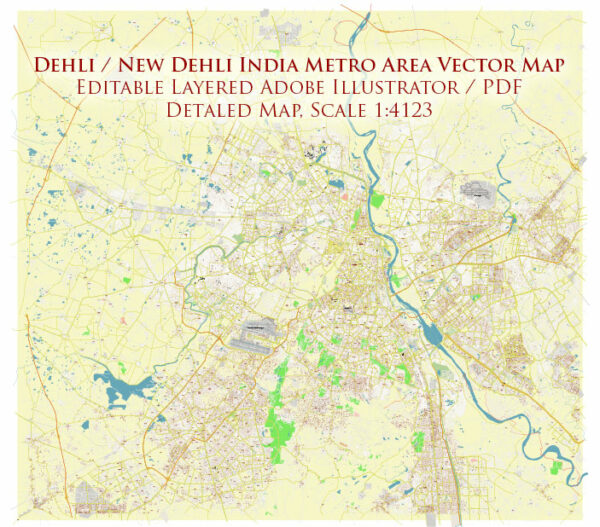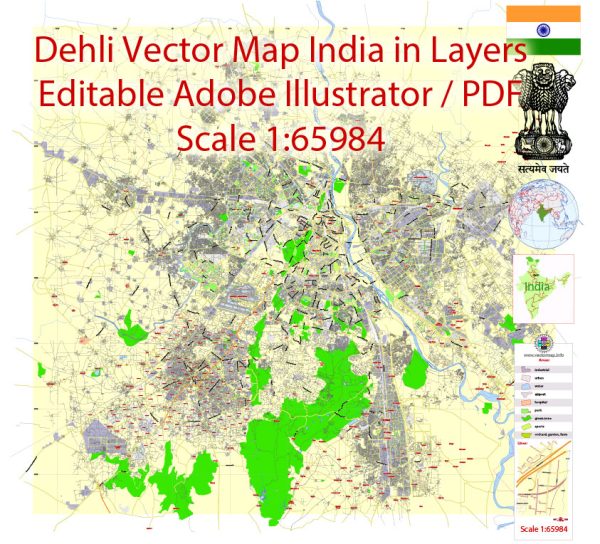Delhi, the capital city of India, has a rich and diverse history that spans several centuries. It has been a center of political, cultural, and economic significance in the Indian subcontinent. Here’s a brief description of the history of Delhi:
- Ancient Period:
- Delhi’s history can be traced back to ancient times when it was known as Indraprastha, a legendary city mentioned in the Indian epic, the Mahabharata. According to legend, it was founded by the Pandavas.
- The city’s history as a political and administrative center began during the Mauryan Empire (around 300 BCE) when it became a provincial capital.
- Medieval Period:
- Delhi saw several dynasties establish their rule during the medieval period. The first major dynasty was the Chauhans, who ruled from the 12th century.
- The most famous medieval city in Delhi is Old Delhi, which was established by the Mamluk dynasty (Slave dynasty) in 1206. Qutb-ud-din Aibak, a general of Muhammad Ghori, was its first sultan.
- The subsequent dynasties that ruled Delhi included the Khiljis, Tughlaqs, and the Lodis. One of the most well-known rulers was Alauddin Khilji.
- The Mughal Empire, founded by Babur in 1526, took control of Delhi and established it as a prominent capital. The Mughals contributed to Delhi’s rich architectural heritage, with iconic landmarks such as the Red Fort and the Jama Masjid.
- Colonial Era:
- Delhi fell under British colonial rule in the mid-19th century. During this period, it served as a key administrative center for the British Raj.
- In 1911, the capital of British India was officially shifted from Calcutta (Kolkata) to Delhi, and the city was redesigned and modernized to become New Delhi, with Sir Edwin Lutyens and Herbert Baker designing the government buildings, including the Rashtrapati Bhavan (Presidential Palace) and India Gate.
- Independence and Post-Independence:
- India gained independence from British colonial rule in 1947, and Delhi became the capital of the newly-formed Republic of India.
- Delhi played a crucial role in the political and administrative life of independent India. It witnessed significant events such as the drafting of the Indian Constitution and the establishment of the Indian Parliament.
- Modern Delhi:
- Delhi continues to be the political, cultural, and economic hub of India. It is known for its vibrant culture, diverse population, and a blend of ancient historical sites and modern infrastructure.
- New Delhi, with its wide boulevards, government buildings, and embassies, represents the modern face of the city.
- Delhi is also home to a variety of historical and cultural landmarks, including the Qutb Minar, Humayun’s Tomb, Lotus Temple, Akshardham Temple, and the National Museum.
Today, Delhi stands as a testament to the confluence of India’s ancient heritage and its dynamic modernization. It remains a city of great historical significance and a symbol of India’s cultural and political identity.




 Author: Kirill Shrayber, Ph.D.
Author: Kirill Shrayber, Ph.D.